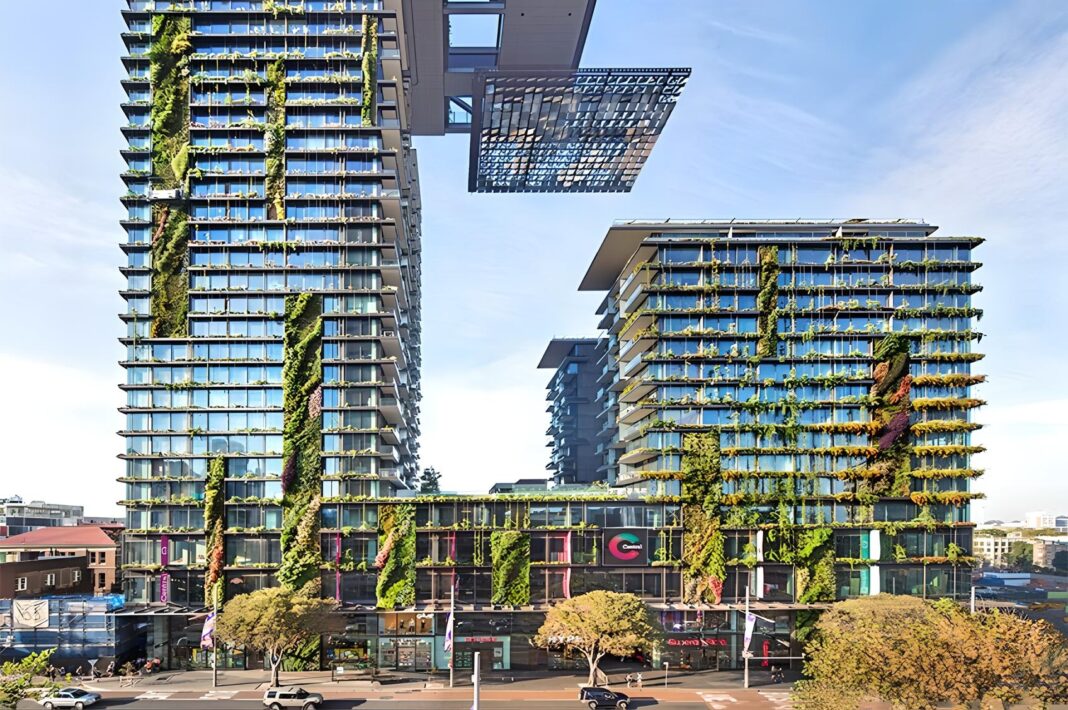Japanese homebuilder Sekisui House has completed a US $4.9 billion in-cash acquisition of US-based MDC Holdings, spreading its oriental wood-frame construction style across outlets in 16 states.
“Sekisui will take a ‘top-down’ approach at MDC,” says president Yoshihiro Nakai, who has been critical of building an American plant. Mr Nakai says the geographical size of the US would make for “very little cost-effectiveness.”
Components for the group’s Shawood line of Japanese-style wood houses, which the company has marketed mainly on the Pacific West Coast, will be shipped from Sekisui’s factory in Osaka.
The deal has changed the pecking order of Japanese players in the domestic housing market, propelling Sekisui ahead of Daiwa House and Japanese rival Sumitomo Forestry in terms of US homes sold.
Sekisui House, established 60 years ago, entered the US market in 2017 with the acquisition of West Coast-based Woodside Homes, followed by the acquisitions of unlisted homebuilders through 2023.
MDC Holdings, based in Denver, Colorado, logged a net profit of US $410 million in 2023, suffering a decline for the second straight year amid higher US. mortgage rates.
Sekisui House believes the takeover will provide a one-of-a-kind entity, combining Japanese and US technologies.
“Our prefabricating wood panels will lead to shorter construction times,” says Yoshihiro Naka.
Meanwhile, Japanese homebuilder Daiwa House is also looking to construct a factory in the US to make prefabricated timber panels, pitting it against domestic rival Sekisui in an ambitious bid for scale.
Daiwa House’s US entity, Stanley Martin Homes, based in Georgia, believes building a factory in the US market can lead to lower construction costs over the medium to long term, contrasting Japanese rival Sekisui House’s approach with the two companies racking up acquisitions as they seek fresh growth beyond their home turf.
In Japan, it is common for major homebuilders to manufacture panels in factories and then ship them across the country. However, because the US is much larger, the transportation distances are longer, reflecting the history of the American housing market, littered with prefab home businesses that have tried and failed.
Many US home components are built on-site, which adds to the time and expense amid soaring labour costs.
“Our long-term plan includes factory automation,” says Stanley Martin House CEO Steve Alloy, indicating a timeline of less than ten years.
Houses constructed by Sekisui House and Daiwa House bring the most important ingredients to Japanese architecture—timber and the use of highly refined, specialised wood construction methods in the post-and-beam style.
What makes Japanese architecture different is how houses are dominated by wood. Due to the humidity, the risk of earthquakes and the possibility of typhoons, timber is preferred over concrete and steel, giving proper ventilation to combat climate change and giving durability in the face of natural disasters.
This way of building is also very different from modern western construction and is what defines a structure as ‘Japanese’. Solid wood pieces of large dimensions, often including natural round posts or log beams, are precut in a factory and carefully detailed with intricate joinery.
Roofing is often supported by the traditional ‘nuki’ technique of joining horizontal beams and vertical pillars, one of the simplest structural connections. Similar to mortise and tenon joints, they have been used traditionally in historic buildings and Shinto shrines and Buddhist temples, as well as in modern domestic houses.
The basic principle involves an embedment or penetrating one element through another. In Japan and other Asian countries, this method is often used to connect wooden posts and beams.






